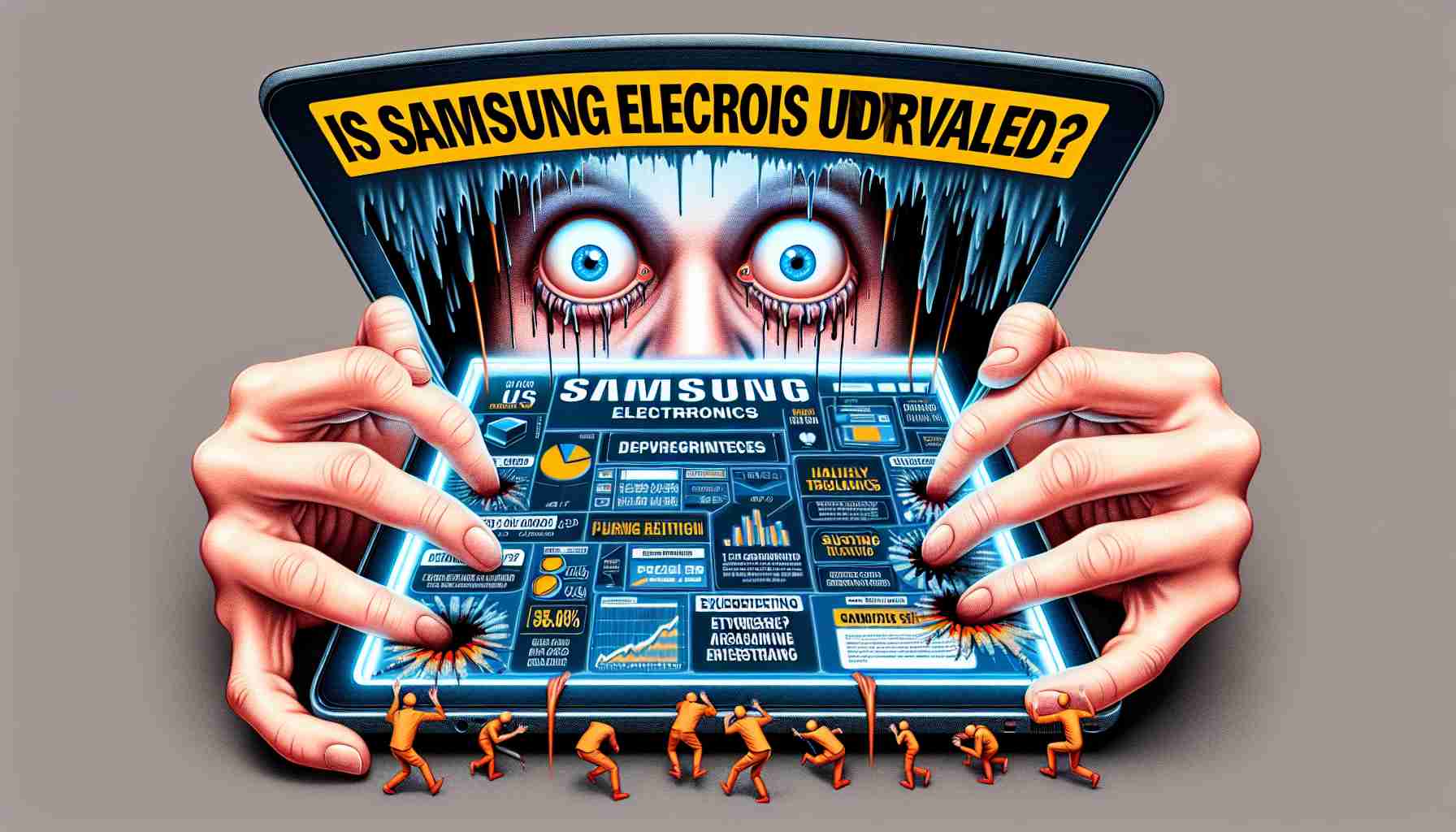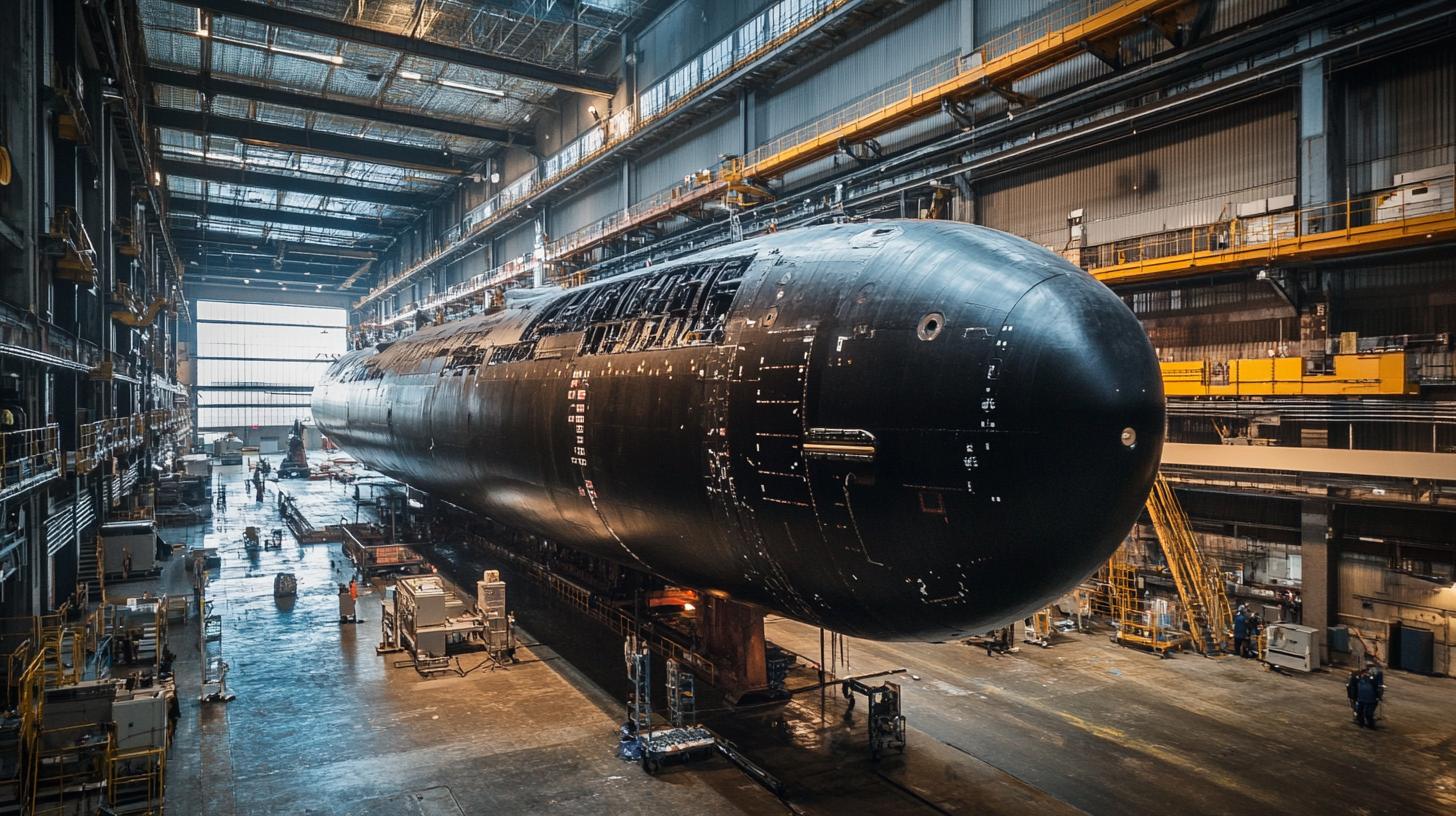Epson recently announced the addition of three new media from StickyPOS to its “Epson Tested” media list for the OmniLink TM-L100 label printer, ensuring customers with the print quality, print head life, and warranty coverage they expect.
The StickyPOS HT-14 80×250, HT-14 58×250, and HT-14 40×250 sticky thermal rolls are now available as tested media for industries like hospitality, quick-service restaurants, and retail. These media options enable businesses to swiftly print order details and apply labels accurately, improving order accuracy and operational efficiencies significantly.
With liner-free labels, businesses experience faster and safer labeling processes compared to traditional methods like staples or handwriting. By reducing errors and enhancing operational efficiency, the use of StickyPOS media ultimately leads to increased customer satisfaction and cost savings for businesses.
Epson’s move to include StickyPOS media in its compatibility list highlights the commitment to supporting various label media types and meeting customer needs for speed, accuracy, and efficiency. The partnership between Epson and StickyPOS continues to elevate the printing capabilities available to businesses in different sectors, further streamlining processes and improving overall customer experience.
Epson Enhances Printing Efficiency with New StickyPOS Media: Expanding Possibilities
Epson’s recent announcement of adding StickyPOS media to its list of tested media for the OmniLink TM-L100 label printer has brought a new wave of printing efficiency solutions to various industries. While the initial article covered the basics of this collaboration, there are additional insights and considerations that can further shed light on the impact of this development.
Key Questions:
1. What sets StickyPOS media apart from traditional label media options?
2. How does the integration of StickyPOS media with Epson printers address specific challenges faced by businesses in different sectors?
3. Are there any compatibility issues or limitations associated with using StickyPOS media with Epson printers?
Answers and Insights:
1. StickyPOS media distinguishes itself with its liner-free labels, allowing for faster and safer labeling processes as compared to conventional methods such as staples or handwriting. This feature not only accelerates printing operations but also contributes to a more secure and error-free labeling environment.
2. The collaboration between Epson and StickyPOS aims to streamline printing processes for businesses in sectors like hospitality, quick-service restaurants, and retail, where order accuracy and operational efficiency are crucial for customer satisfaction and cost savings.
3. Compatibility between StickyPOS media and Epson printers is carefully tested and validated to ensure seamless integration, minimizing any potential issues or limitations that users may encounter during their printing operations.
Advantages and Disadvantages:
The advantages of adopting StickyPOS media with Epson printers include enhanced operational efficiency, improved order accuracy, faster labeling processes, and ultimately, increased customer satisfaction and cost savings for businesses. However, some potential disadvantages may include the need for specific printer settings or adjustments to optimize the performance of StickyPOS media, which could require additional time and resources for implementation.
In conclusion, the collaboration between Epson and StickyPOS represents a significant step forward in enhancing printing efficiency and meeting the diverse needs of businesses across various industries. By understanding the unique benefits and considerations associated with this partnership, organizations can leverage these innovations to drive productivity and improve overall customer experience.
For more information on Epson’s innovative solutions and printing technologies, visit epson.com.



















